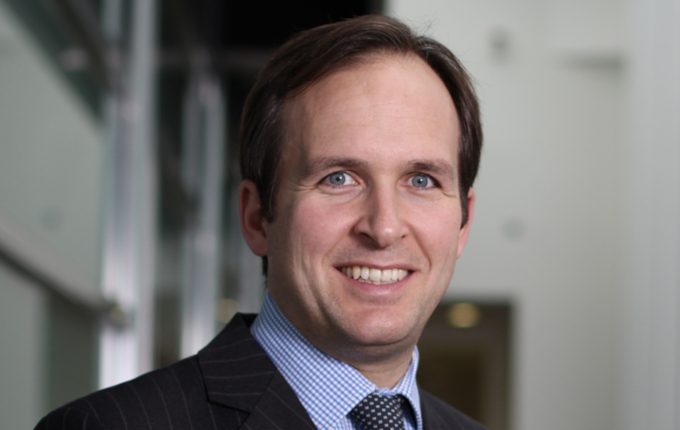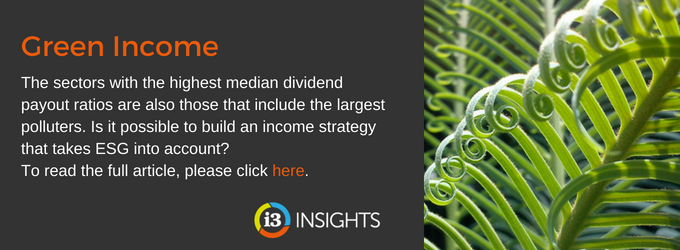How deep do you look into a company to determine the sustainability of a business? Looking at the primary product is a good start, Hamish Chamberlayne of Janus Henderson says.
Since 2012, many large Australian pension funds have excluded tobacco from their portfolios, but some critics have raised a pertinent question: ‘Why just tobacco?’
Implicit in the question is the idea that the decision to divest from any company should be based on a comprehensive and thoughtful policy towards exclusions. A cynic might argue eliminating only tobacco producers from portfolios seemed more the result of successful lobbying than good governance.
But the focus on tobacco producers wasn’t as arbitrary as some might think. The case provides a nice illustration of how to deal with issues of sustainability in a practical way: start with the product.

We don’t believe there is something like a perfect company and neither do we believe there is something like a completely bad company
“We don’t believe there is something like a perfect company and neither do we believe there is something like a completely bad company,” Hamish Chamberlayne, Head of Socially Responsible Investment at Janus Henderson, says in an interview with [i3] Insights.
“But we do feel the need to draw the line if we are to call ourselves a sustainable investor. We do believe that having negative criteria is important to have in a sustainability fund.
“So first and foremost, we focus on a company’s product. When you talk about issues such as plastic waste or modern slavery, these are two things that you would normally associate with the operational aspects of a company. With tobacco, it is the actual product that is bad for human health and so we exclude tobacco companies.
“Fossil fuels, clearly there is a stage where we have to stop using them. The negatives are going to outweigh the benefits and so we exclude fossil fuels too.”
This approach can also be used for determining which companies do fit into the sustainable universe, Chamberlayne says.
“On the positive side, we look for companies that have a product that contributes to a sustainable society and then we do our company research,” he says.
He illustrates his approach with the example of footwear producer Nike. In the 1990s, the reputation of Nike and many other athletic footwear producers became tainted as they were associated with sweatshops and child labour, a reputation the company has since fought long and hard to change.
“Nike is in our universe,” Chamberlayne says. “At a fundamental level it makes footwear and clothing with a focus on active wear. Now, we are well aware that people who wear Nike are not necessarily running around all the time, but fundamentally they make things that could be used to increase people’s activity [and therefore health]. We also think that clothing and footwear is a fundamental need in society: food, clothing, shelter. So that fits in our universe.

We are well aware that people who wear Nike are not necessarily running around all the time, but fundamentally they make things that could be used to increase people’s activity
“Then we start looking at how does a company like Nike operate. Does Nike use modern slavery? Does it produce lots of plastic waste? Does it care about its supply chain? That is where we do ESG (environmental, social and governance) research and we want to invest in companies that are doing the right thing on those metrics.”
The challenge is large companies, such as Nike, have hundreds of factories with extensive supply chains and so there are many different social and environmental aspects to each company.
Controversies are likely to arise from time to time, but Chamberlayne says this doesn’t disqualify it as an investment.
He believes it is important to focus on the company’s audit and response processes to see whether it takes sustainability seriously. It’s about how they react to malpractice, not whether they are squeaky clean all of the time.
“There are lots of things that we look at in the course of analysing a company and on the whole Nike does very well,” he says.
“The Nike of today is very different than the Nike of 20 years ago. We are comfortable that Nike has a good internal audit process in place and they have good standards and they go and audit their factories and hold their supply to high standards.”
A report by ESG research company KnowTheChain backs up this assessment. In a benchmark report that scores footwear and apparel companies on issues of forced labour, Nike places in the top 10 with a score of 63 out of 100.
Top of the pops is Adidas, which struggled with similar reputational issues in the ‘90s, with a score of 92 out of 100.
Having a culture and processes in place that align with sustainability issues is the key and Chamberlayne says that in the long run this will be reflected in the financial performance of the company.
“Ultimately, this is also an indicator of whether a business is well run or badly run. We have a fundamental belief that businesses that cut corners and are badly run will trip up at some point,” he says.
For a general guide on ESG issues in Australia, please see here.
__________
[i3] Insights is the official educational bulletin of the Investment Innovation Institute [i3]. It covers major trends and innovations in institutional investing, providing independent and thought-provoking content about pension funds, insurance companies and sovereign wealth funds across the globe.


